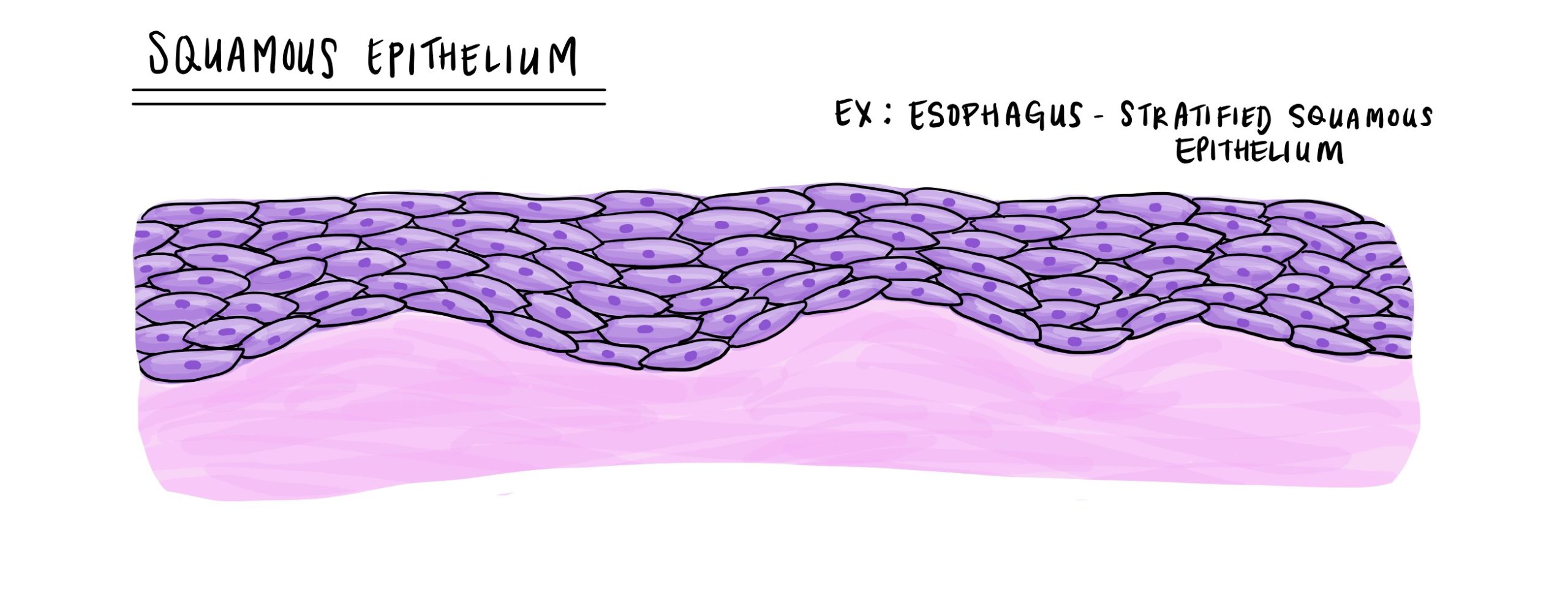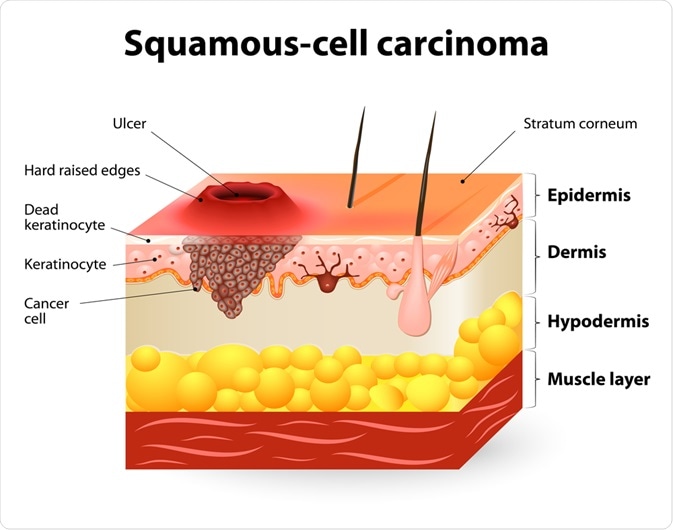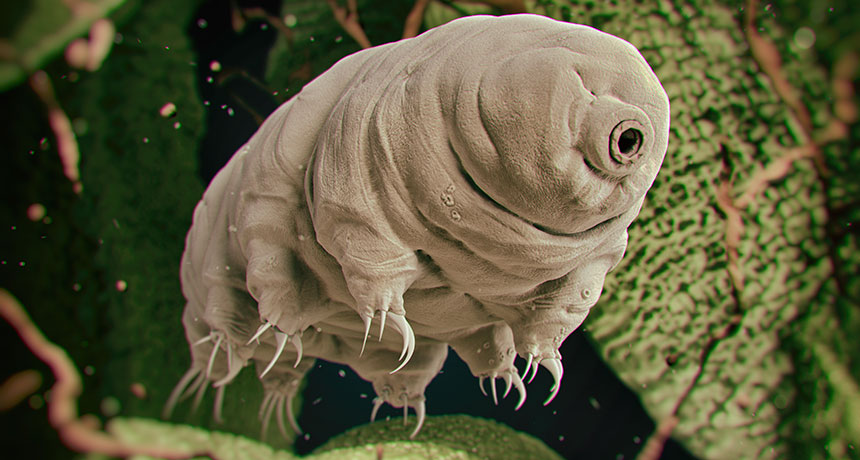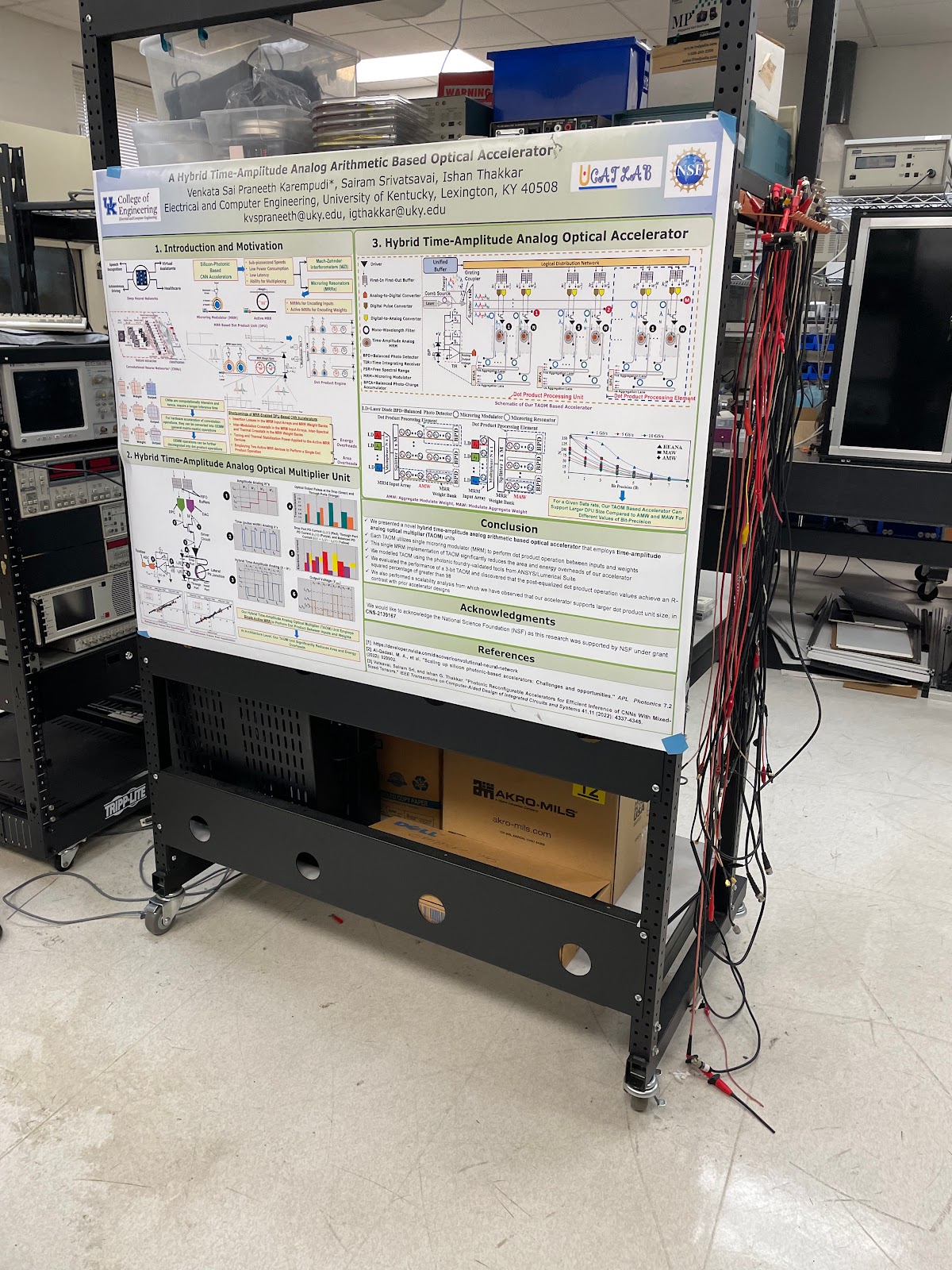I think that this was my favorite guest speaker that we have had all year! This topic of Autism Spectrum Disorder really hits home for me because my brother has Autism and it has been a big part of my life and has always sparked my interest and I've always wanted to learn more about it. The thing that stood out to me was that there is a difference in cell size and just overall cell size. This came to a real shock for me because I've lived with a person with autism basically my whole life and didn't know that there was a difference in our cells. I always knew that there was a difference in the brain, but I didn't know that there was a cellular difference too. Dr. Schwartz told us that there is a volumetric difference in the brain/nerve cells of a person who has Autism Spectrum Disorder compared to someone who doesn't have the disorder.
After doing a little bit of research I found this study that included the above image and it talks about how a current hypothesis is that autism could be caused by a mutation in regulating calcium which would then affect the kinetics of the brain and the pausing of RNA polymerase 2. The image above shows how when the mutation occurs you can see a significant increase in Ca2+ which makes sense when you think back to what Dr. Schwartz said about an increase in volumetric cell size because all of this calcium would increase the cell size and would fill it up and increase the volume of the cell.
Something that Dr. Schwartz touched about that I wanted to learn more about was whether the gene mutation that causes autism comes from the mother or the father. After doing some research I found that most people with autism are males which made scientist believe that the mutated gene came from the mother because most genes that males get come from their mother since the mothers have two X chromosomes and the male sons only have one. This thought process that mothers carry the mutated gene is still the leading hypothesis today. However scientist are now saying that the fathers are more likely to pass more severe and rare types of autism spectrum disorder on to their children because the father is more likely to pass the non-coding genes on to their kids. These non-coding gene mutations can be caused by the fathers age or random mutations, but since its a non-coding mutation this leads to the child having a unique new mutation which can cause the autism spectrum disorder to be worse.
Thank you all so much for following my blog! I hope you all have enjoyed it. Dr. Sly and Dr. Johnson I hope you both have a wonderful summer and I'll see you both in the fall!











